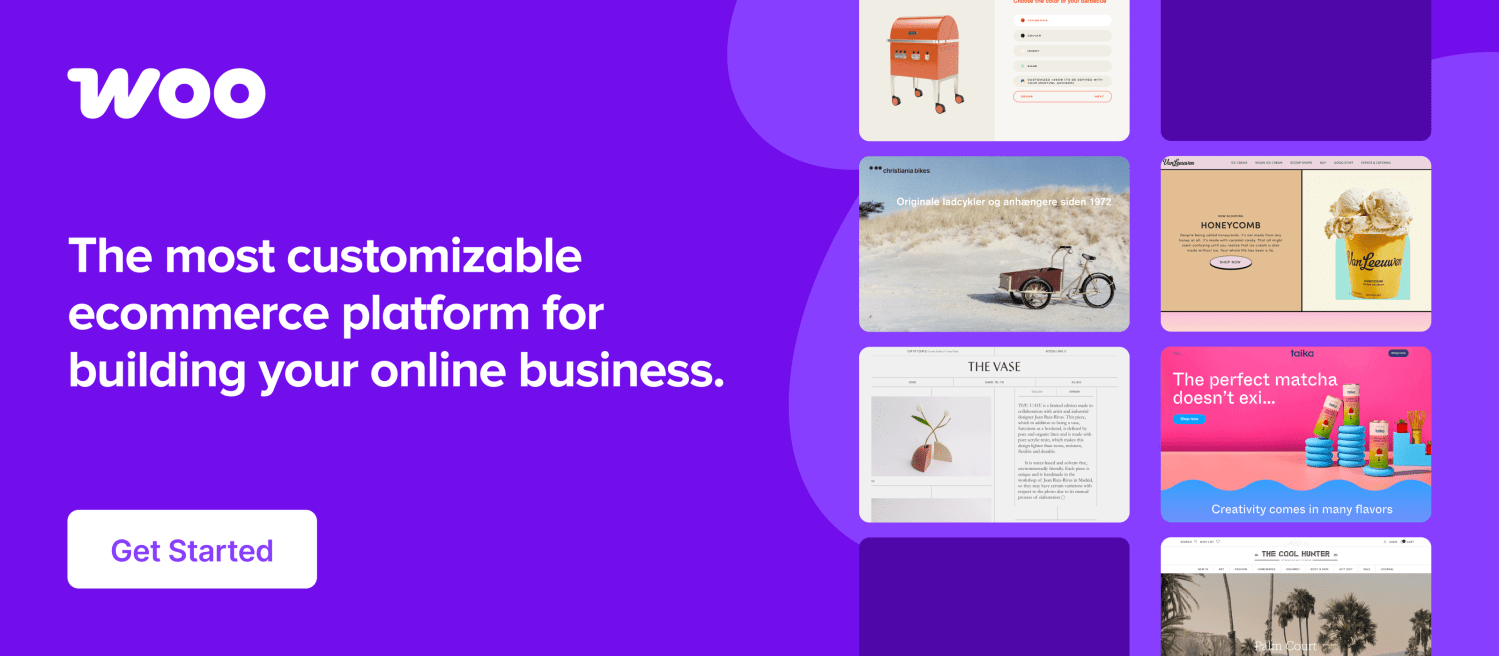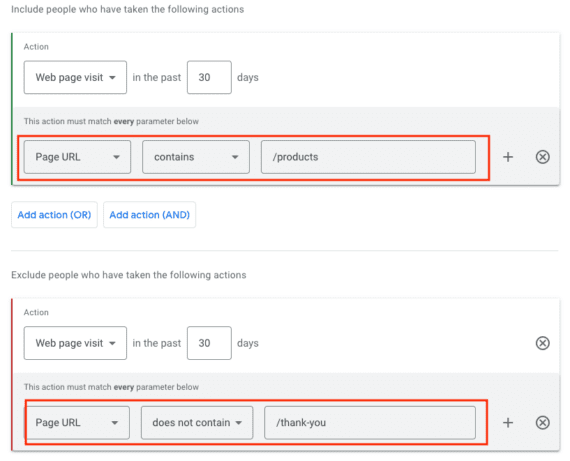You’ve written a business plan. You’ve chosen a business model. You may have even started selling already. Now it’s time to create your business strategy so you can grow and sustain a successful business.
While starting and running a business feels exciting and sets you on the path of independence and open-ended growth potential, make sure and create a clear strategy before you get too far ahead of yourself.
A well-considered strategy will enable your plans and ideas to have the highest chances of long-term profitability. Let’s dive in and see how to create a business strategy.
A business strategy is an action plan. It describes how you’ll accomplish all the big ideas and achieve all the business goals you’ve written out for how to grow your company.
It’s distinct from the business plan and the business model.
Business plans
Table of Contents
- 1 Business plans
- 2 Business models
- 3 Pricing strategy
- 4 Marketing strategy
- 5 Product development
- 6 Customer service
- 7 Hiring and training
- 8 Use of resources
- 9 Tactics
- 10 1. Craft the vision
- 11 2. Analyze the competition
- 12 3. Perform a SWOT analysis
- 13 4. Specify your goals
- 14 5. Identify your tactics for each goal
- 15 6. Choose the tech platforms and systems you’ll need
- 16 7. Address all key aspects of your business
- 17 8. Make it flexible and adaptive
- 18 9. Measure your success
- 19 Share this:
- 20 Like this:
You typically write business plans before you start your business. Often, you design a business plan to secure funding from potential investors. It shows what your company will be and the products and services it will sell. It differentiates you from the competition, and spells out some initial marketing plans. Business plans typically have only high level objectives.
Business strategies get much more specific and action-oriented. They provide guiding principles for what to actually do to produce growth and success.

Business models
A business model plays a crucial role in explaining how your organization will operate. What type of business is this going to be? Online? A hybrid of online with a physical store? B2B ecommerce? Which target market will it serve, and how will it serve them? What pricing strategy will it use? These are the sorts of questions that you’ll define in a business model.
The best business strategies show how you will take your business plan and produce a successful company that grows and thrives for the long-term.
You’ll know if you don’t have a business strategy if you find yourself constantly putting out fires, going from one emergency to the next. A business strategy shows you what to do, so you are leading, building, innovating, and initiating, rather than reacting. It keeps you focused on well-established business objectives instead of chasing after trends and unvetted ideas.
An effective business strategy that drives success doesn’t require a degree from Harvard business school. You can create a winning strategy by focusing on most or all of the following components:

Pricing strategy
Spell out how you’ll price different products and services such that the company makes profit and is positioned for growth.
You might address tactics like product add-ons, memberships, loyalty programs, sales and discounts, premium pricing, enterprise-level service, and numerous other approaches.
Marketing strategy
Who’s your target audience, and how will you reach out and engage them? Are you drawing from existing markets or attempting to create a new one? How will you attract new customers? How will you retain existing ones and continue to motivate them to keep buying? You may decide on specific extensions for search ads, Facebook or TikTok promotions, or email marketing.
Which media channels will you use? What marketing approach will guide your work? You can use direct marketing, brand marketing, celebrity marketing, influencer marketing, owner-centric marketing, print, digital, online, in-person, multichannel, and more.
Product development
Work out a plan to decide which products you’ll develop, how, and when you’ll release them. The tactics here will also include where you’ll obtain the resources necessary, as well as the costs you’re willing to accept in order to keep your prices in a profitable range.
Product development strategies also include questions of how you’ll handle inventory. Will you have your own distribution network or will you use third parties or wholesalers? Will you do something like dropshipping or print on demand?
Customer service
Knowing your audience and the things that will differentiate your company and products, what sort of customer service approach should you implement? What will they expect? What aligns with your mission, values, and vision? How important is service to your value proposition?
Lay out the details of how you’ll engage with customers. Will it all be online using chatbots and help forums? Will customers have access to people, and if so, by chat, email, phone, or otherwise? Will you provide detailed explanations for how things work, including screenshots and videos?

Hiring and training
Who you hire matters. Not everyone is right for every job at every company — even people who may be skilled and have all the credentials. An alignment of values matters more. Why? Because people can be trained, but if they simply won’t work well with the rest of the team or work to serve customers properly, their skills don’t matter.
Your business strategy should explain your approach to hiring and training, as this will determine where you look for employees, how you’ll vet and interview them, and what you will do to set them up for success and make them assets for your company.
Even large companies make strong attempts at this. They might call their personnel “partners” and “team members.” Behind that veneer, if you look deep enough, you’ll find an attempt at some point in that company’s development to define the type of employee they want working for them.

Use of resources
Every business strategy requires resources in order for it to work. Yours should identify where and how you’ll get access to what you’ll need to develop, manufacture, package, and ship your products. You should have a budget strategy that includes money for the other elements of your plan such as lead generation and employee training.
And your strategy should address situations that may occur if things don’t go as expected. What if growth happens much faster than you expect? You should have a plan that goes beyond just pocketing all the extra money. Should you accelerate additional product development? Hire more staff? Open up an additional market?
And what if growth is slower than expected? Or what if a competitor launches their company at a similar time? You can think through a few scenarios like this so you’ll be positioned with the resources to pivot if the situation calls for it.
Tactics
Tactics are the specific actions you take to implement elements of your business strategy.
If you have a strategy to become the premium brand for ecommerce knit caps and beanies, the tactics will spell out the various steps you’ll take to make that happen. And you’ll need tactics for each component of the strategy, as you saw with a few of the above examples.
Now that you have a good understanding of what to include in a business strategy, let’s talk about how to create one. While there isn’t just one single way to do this, walking through the following guide will help you prepare relevant information so you can successfully build a document you’ll actually use.
Keep in mind, this isn’t something you can do in just a few hours. Budget extended time to develop it. And plan to revisit it. Many companies revise and update their business strategies regularly.
1. Craft the vision
Every plan needs a vision for success. And every strategy needs a plan. Your business strategy should flow from your vision, mission statement, and values. These are what drive your company, so they will also drive your plan.
For example, if one of your company values is that every customer should be able to talk to a live human if they need service or support, that will dictate your customer service business strategy component. What will you do to turn that value into a reality your customers will feel?
It will require dedicating certain systems and resources to set up and fund ongoing communications. It will require accessibility for people of various economic means and backgrounds, including language differences and disabilities. It will require processes in how you hire and train customer service employees. One value — many, many business strategy tactics.
So, vision, mission, and values come first.
2. Analyze the competition
Next, take a look at what your competition is doing. You don’t need to copy them, but you certainly need to be aware of them — especially if they’re using some of the same business strategy tactics you may want to use.
For example, you might find that a competitor is accepting payments using WooPayments. You might have planned to use it as well so you could promote the convenience of Tap to Pay. If you’re not the only one using the feature, your promotions may not have as big of an impact, so you should plan accordingly. But that doesn’t mean you shouldn’t do it at all. You might just adapt the promotional strategy.
In other instances, the opposite will happen. You’ll see something your competitors are doing, and you’ll develop a business strategy to do it differently so you can serve your target market better.
3. Perform a SWOT analysis
SWOT stands for strengths, weaknesses, opportunities, and threats.
As you’ve already seen, threats from competitors, as well as changes to the industry and technological breakthroughs, can put unforeseen pressure on your business and force the need to adapt and pivot. Knowing what already exists when you’re getting started enables you to integrate these threats into your business strategy.
Your strategy should also be guided by what sets you apart — your strengths, assets, and ideas that will serve you well. This includes intangible assets like a tireless work ethic, industry expertise, or professional connections. It can include things like employees or exceptional senior executives. You can build a business strategy off those sorts of assets just as well as with a bunch of venture capital.
And you also want to know your weaknesses, limitations, and opportunities.
4. Specify your goals
With this newfound self-awareness, you can now create an array of business and organizational goals. And it’s important to use the previous list of business strategy components for this part, because it will ensure your strategy is addressing all aspects of your store.
In other words, create a goal for customer service. Create a goal for product development. Create a goal for revenue. Get specific.
The more areas of your business that have clear business objectives associated with them, the easier it will be to use your business strategy to provide guidance for each department — for managers and employees, as well as yourself as the business leader.
5. Identify your tactics for each goal
You may have a goal to increase your revenue-per-transaction each year over the first five years of business. With that goal, you’ll create a strategy for how to achieve that goal, and you’ll need an array of tactics to work out the details of how you’ll implement this part of the strategy.
For example, one tactic for this might include something like using a buy now, pay later feature such as you’ll find through Klarna, which allows customers more flexible payment options that often lead to higher purchase orders.

Another tactic could include offering free shipping for purchases over $100, or giving everyone who spends over a certain amount a free gift. These tactics all serve the goal of increasing per-transaction revenue.
See how a business strategy directly influences what your business does and doesn’t do?
Your goals can address things like beating the competition, getting seen and remembered by prospects in your target audience, increasing customer retention and satisfaction, hiring the right employees, and every other topic related to running a company.
6. Choose the tech platforms and systems you’ll need
Some aspects of your business strategy will require software and tech systems to make it happen. This can mean using particular WooCommerce extensions, using certain CRMs, marketing automation, shipment tracking, and all sorts of other online tools.

The challenge with technology is that it usually looks nice and shiny from a distance. But there are far more tools out there than any one business needs, and it’s easy to get distracted by bells and whistles. The way you know which tech tools to use is by figuring out what you need to implement your business strategy. Your tactics will dictate which tools you actually need.
7. Address all key aspects of your business
As mentioned, make sure your business strategy addresses every component of running your business. It should address hiring, products, pricing, marketing, revenue, and every other major aspect.
For example, if you plan to be a one-person company with no employees, you may think you don’t need an employee hiring strategy. But, what if you find yourself needing to hire a contractor such as a web developer or copywriter? Where will you look? How will you vet potential temporary hires?
It takes quite a bit of thought and time to make sure you’re considering your entire business and including each part in your strategy.
8. Make it flexible and adaptive
No business strategy will work for the next twenty years without getting outdated. This is not a static event. Companies need to build into the system a plan for adapting to the unexpected and to things you know will change, such as technology. Your strategy needs to be flexible.
One way to do this is to build in times each year when you’ll revisit and update your business strategy as part of your performance management cycle. That way, you’re re-thinking all the core components of your business with ongoing consistency. This reduces the chances of getting blindsided, or getting left behind in the midst of constant change.
You’ll also have more productive meetings, because everyone will understand that you’re looking for ways to promote processes that are working well, and adjust, pivot, and update ones that need to change.

9. Measure your success
If a business strategy succeeds but no one is measuring it, how will you know when to plan the party?
You need to build metrics into your business strategy so you’ll know if you’re achieving the desired outcome for each component and to keep your team focused on the right things. This is where KPIs (key performance indicators) enter the scene. These also give your managers something more tangible to discuss during employee evaluations. You’ll have data related to clear business goals that everyone already knows are the focus of the company, and can make fact-based decisions.
In all likelihood, you’ll do better in some areas than others. With the data in hand, you’ll now have real information to guide you as you adjust your tactics and refine your business strategy. Remember, you should plan to adapt and be flexible. But without data, it will be harder to know which way to pivot.
Some key performance indicators many companies use include:
- Gross and net profit
- EBITDA — earnings before interest, taxes, depreciation, amortization
- Media coverage
- Sales productivity
- New email subscribers
- Loyalty club members
- Average employee tenure
- Average revenue per order
- Lifetime customer value
There are hundreds of potential KPIs any organization could use. The ones you’ll use will be determined by your business strategy, because that lays out the objectives and provides clear goals for you to focus on at your company.
Using the components of a successful business strategy and the pre-work process outlined in this article for creating one, your company will be in a strong position for growth. You can look forward to future expansion as you turn your business into the dream experience that drove you to start it.
Developing this level of strategic planning takes your great idea and turns it into a great reality that will give you a competitive advantage and help achieve your business goals. It’s time to get busy building.

About
Erika Ellacott
Erika focuses on experiential marketing and demand generation at Woo. When she’s not making cookies and visiting every bakery she comes across, she can be found creating experiences and programs that bring the Woo brand to life.





